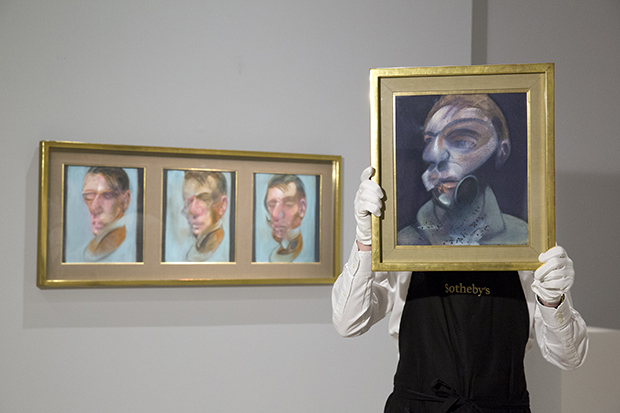
Unseen Bacons on show in London and New York
Did Francis Bacon really paint self-portraits such as these in later life because all his old friends were dying off?
Towards the end of his life, the British artist Francis Bacon said he felt compelled to resort to self-portraiture because all his old friends were dying off. Although Professor Martin Hammer, author of our Phaidon Focus Francis Bacon book, questions this claim - “except for [Bacon’s Lover George] Dyer this was not really true” - nevertheless, the morbidity of the artist’s line does offer us some insight into his later self-portraiture. “One is bound to connect such works to the self-absorption of old age and, given their persistent air of melancholy, with Bacon’s increasing awareness of his own mortality,” Hammer explains.
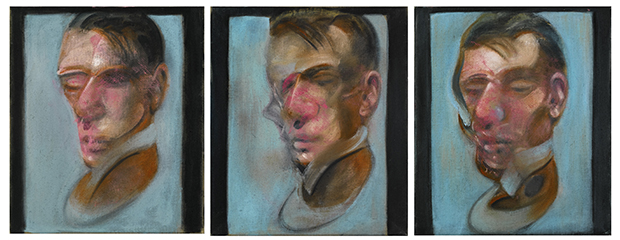
Now contemporary audiences will be given new insight into the artist’s late mind set, when two self portraits, created when Bacon was in his sixties and seventies, go on display in New York and London prior to their sale at Sotheby’s on 1 July.
Art historians have long been aware of the works, Self-Portrait (1975), and Three Studies for Self-Portrait (1980), as Bacon’s gallery, Marlborough Fine Art, kept an exhaustive photographic archive of the painter’s output. However, the pieces themselves have never gone on display prior to their recent auction-house consignment by the heirs of their original, anonymous owner.
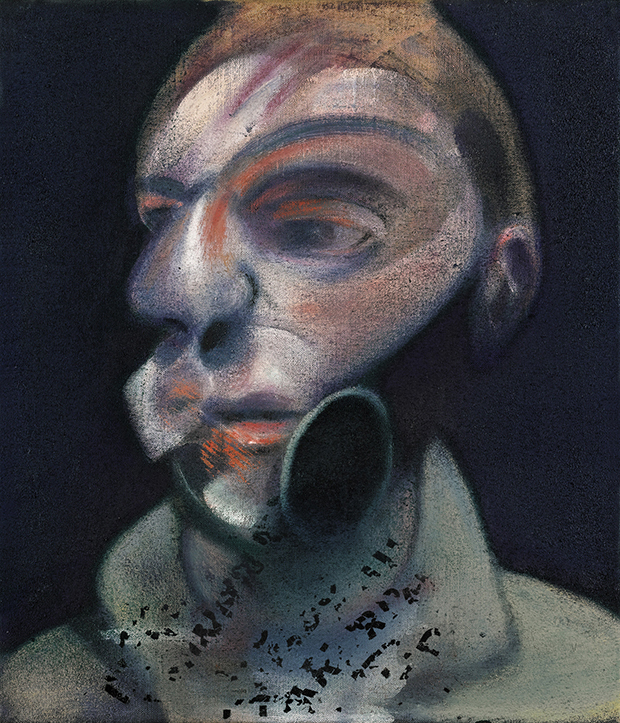
"We knew of the existence of the paintings but simply had no idea where they could be,” Oliver Barker, Sotheby's senior international specialist in contemporary art, told the BBC. “The first time I saw these paintings it was such a wonderful awakening. They're both so luminous."
Not everyone agrees with Barker’s assessment, however. Prof Hammer, responding to Phaidon.com via email, suggested that they were “not very good by Bacon's standards.” Hammer's book offers a more expansive take on the artist’s late period, when he says the artist appeared to allow lesser creations to make it from his studio and on to the art market.
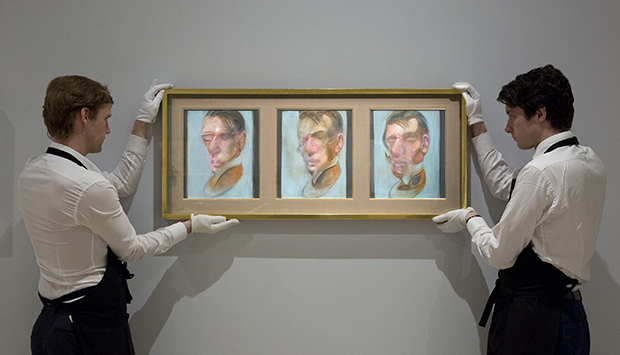
“Conceivably, Bacon was starting to believe in the myth of his own genius,” Hammer writes, “as nurtured by blockbuster retrospectives, lucrative sales and sycophantic admirers, and was now losing something of that self-critical edge which earlier had led him, if anything, to be over-zealous in rejecting and destroying works that failed to satisfy the artist completely.”
Critical assessments aside, the works are likely to fetch a huge amount when they go up for auction on 1 July at Sotheby’s in London. Each carries a £10-15m ($15-20m) estimate, and, given that Bacon’s 1969 triptych, Three Studies of Lucien Freud, sold for $142.4 in November 2013 at Christie’s in New York, the numbers look conservative.
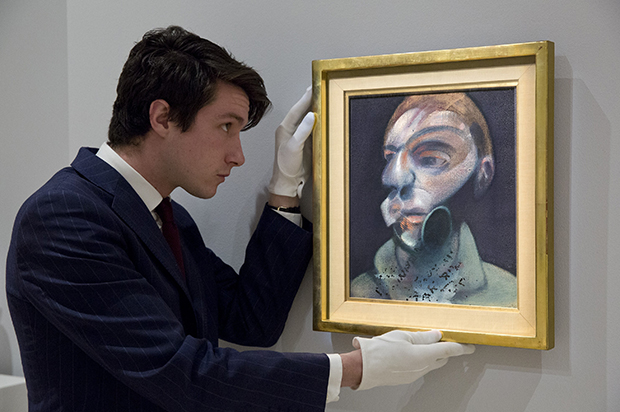
For more on the sale go here. For greater insight into artist’s life and work get our Phaidon Focus book; and sound auction-room advice, get a copy of Collecting Art for Love, Money and More.